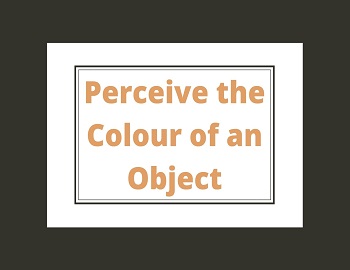Perceive the Colour of an Object:
The retina of the eye contains two types of photoreceptor cells, namely rod and cones. Cones perform the function of vision in daylight (scotopic) as well as colour vision. There are three types of cones, which possess their own characteristic photopigments that respond to red, green and blue. Various combinations of these cones produce the sensation of different colours. The fovea of the retina contains only cones and gives the distinct interpretation of an image. When the cones are stimulated, the light-sensitive pigments are broken up by different wavelengths of light and they cause the development of impulse. The impulse is conveyed to the bipolar nerve cells and finally to the ganglion cells. The axons of these ganglion cells converge and leave the eyeball to form the optic nerve. The impulses of the image then pass along the optic nerve to the brain for accuracy and interpretation of the image.









Comments (No)